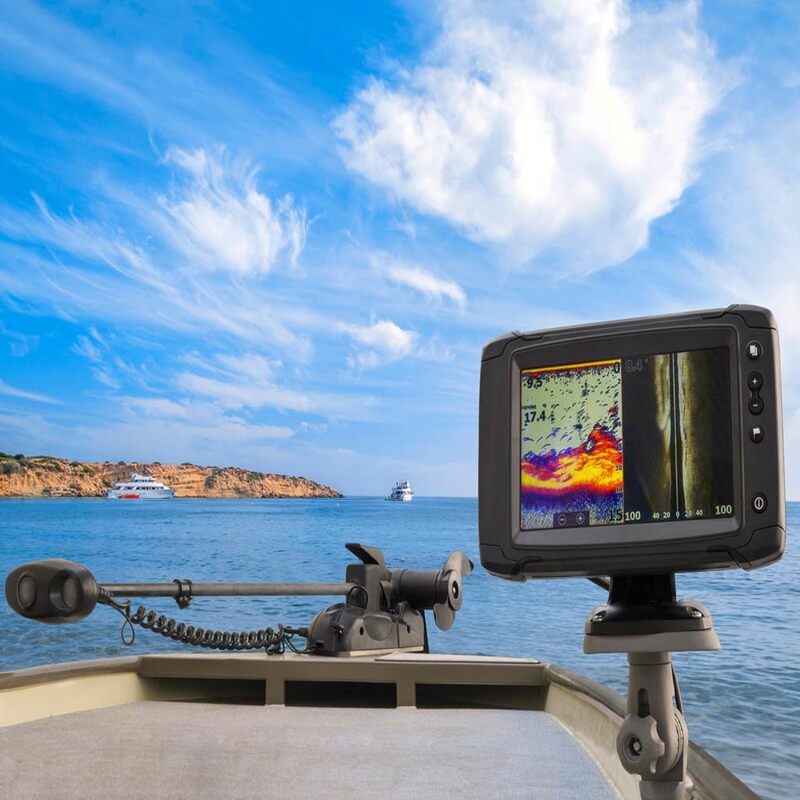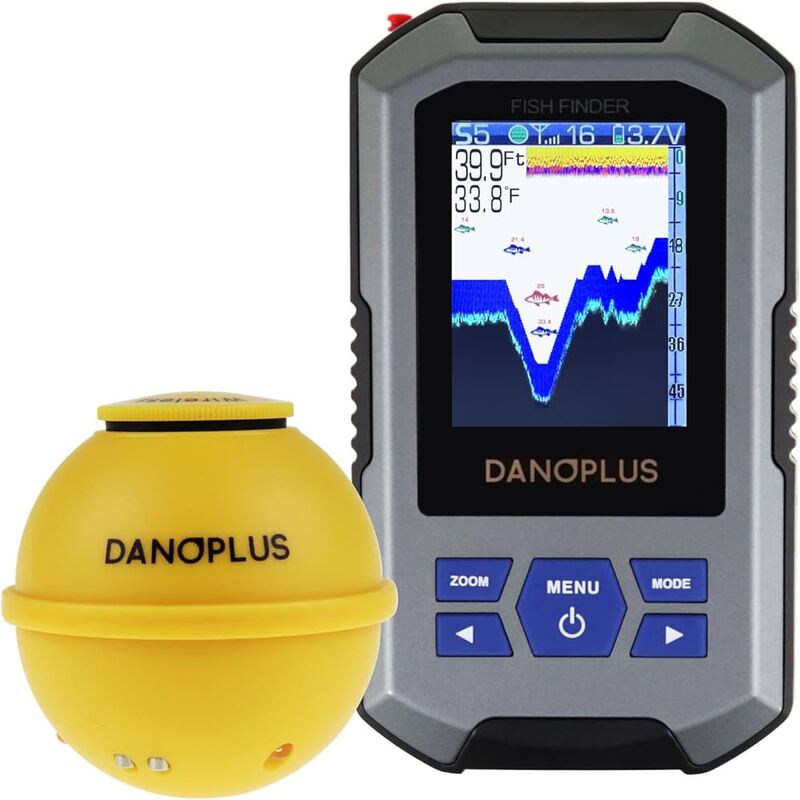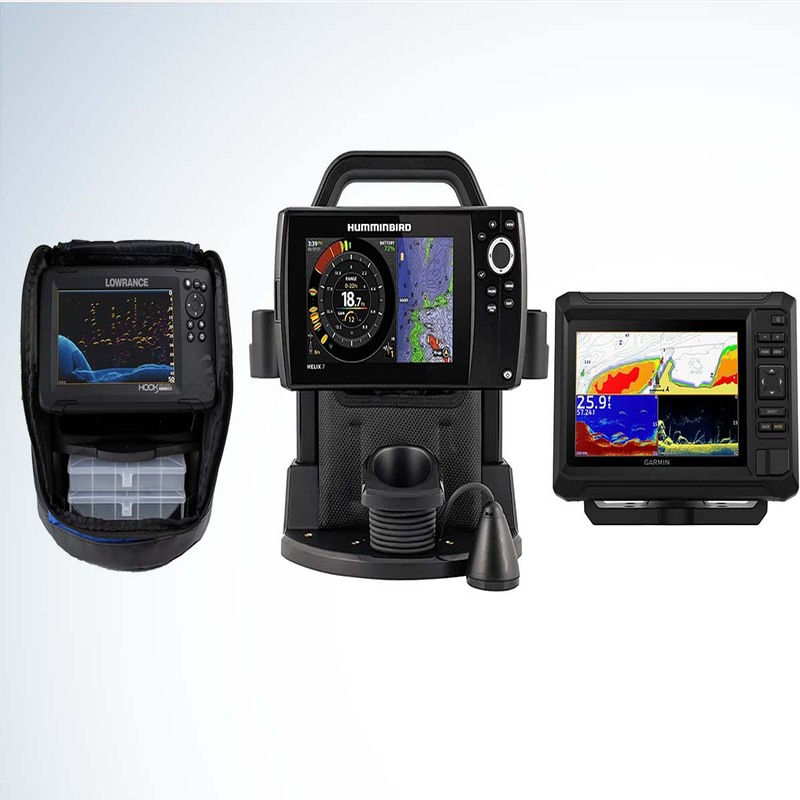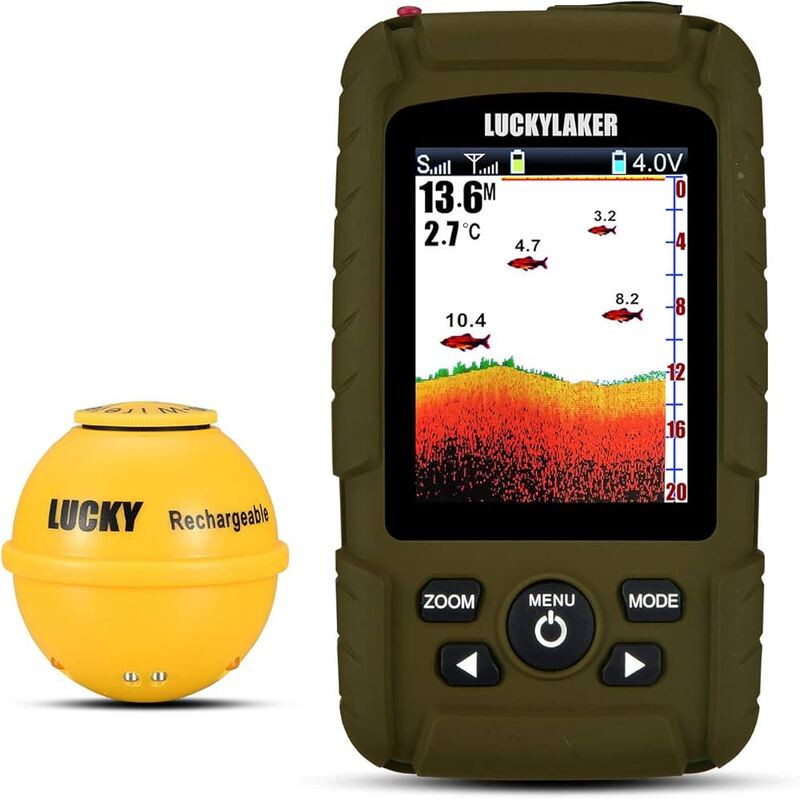Fish finders have transformed the way anglers approach fishing. With varying models and specifications, choosing the right fish finder can feel overwhelming. However, understanding essential features can simplify your decision-making process. This guide will help you navigate the complex landscape of fish finders, ensuring you select the best one for your needs.
Understanding Sonar Technology
Sonar technology is the heart of a fish finder. It stands for Sound Navigation and Ranging. The technology operates by sending sound waves into the water. These sound waves bounce back upon hitting objects, such as fish or the ocean floor. Understanding how sonar works will help you make an informed decision.
types of Sonar Technologies
There are two primary types of sonar technologies: 2D sonar and 3D sonar. 2D sonar provides basic information about the water column. It accurately reveals the depth and location of fish. However, 3D sonar offers a more detailed view. It can show the shape of underwater structures and their relative depths, enabling more precise fishing strategies.
CHIRP Sonar vs. Traditional Sonar
CHIRP sonar represents a significant advancement over traditional sonar. It sends a continuous range of frequencies. This feature allows anglers to distinguish between various types of fish more accurately. Traditional sonar uses a single frequency, which can limit its effectiveness. Therefore, evaluating sonar options is crucial when purchasing a fish finder.

Display Quality and Size
The display of a fish finder is crucial for interpreting sonar data. A high-quality display enhances visibility, particularly in bright sunlight. Look for LED or LCD screens that offer vibrant colors. A larger screen simplifies reading and analyzing information. Thus, consider how much detail you require while fishing.
Screen Resolution Matters
Screen resolution directly affects the clarity of the image. Higher resolution means clearer and more defined images. For instance, a screen with a resolution of 800×480 pixels will offer significantly better details than a 320×240 pixel resolution. This clarity can be especially beneficial when identifying fish species or underwater structures.
Touchscreen Capabilities
Touchscreen capabilities also add convenience and ease of use. Just like a smartphone, a touchscreen can allow for quick navigation through menus. It enhances user experience, especially if you regularly adjust settings. However, traditional buttons may provide more tactile feedback under wet conditions. Thus, weigh your options based on your preferences and fishing style.
Portability and Mounting Options
Fishing locations can vary widely, affecting how you handle equipment. Therefore, portability becomes a vital consideration. Compact and lightweight fish finders are easier to transport. Indeed, some models even offer battery-operated options, enhancing versatility. Consider how often you’ll move your equipment.
Mounting Options and Installations
Evaluate the mounting options available with your fish finder. Many anglers prefer transom-mounted models for small boats. Others opt for thru-hull installations, which provide a more permanent solution. Portable options are ideal for kayakers and bank fishermen. Thus, think about your fishing scenario when selecting a mounting style.
Power Source Considerations
The power source of your fish finder can influence your fishing experiences. Most fish finders run on 12V batteries. However, some portable units use rechargeable batteries, perfect for casual outings. Evaluate the battery life and charging options to ensure reliability during long fishing trips. This consideration can improve your overall fishing experience.

GPS and Mapping Features
Modern fish finders often include GPS and mapping capabilities. These features are invaluable for navigation and location marking. GPS allows you to pinpoint your fishing spots with accuracy. You can save locations, making future visits easier and more efficient. This functionality can be a game-changer for seasoned anglers.
Advanced Mapping Options
Some fish finders come equipped with advanced mapping options. Features like bathymetric mapping deliver detailed information about underwater terrain. This data helps you understand habitats and topography. Understanding underwater environments allows you to fish more effectively. Thus, consider fish finders that offer these high-quality mapping features, improving your fishing success.
Integration with Mobile Devices
Another innovative feature is the ability to integrate with mobile devices. Many latest fish finders can connect to smartphones or tablets. This connection allows for easier data management and sharing. You can simply download fishing apps to enhance your experience. The ability to access maps and weather updates directly can be a significant advantage.
Transducer Quality
The transducer is integral to a fish finder’s performance. It transforms electrical energy into sound waves. These waves travel through the water and return after hitting objects. The quality of the transducer largely affects the accuracy of readings. Consider the frequency, as it can impact how deep you can detect fish.
Dual-Frequency Transducers
Dual-frequency transducers can operate at multiple frequencies. Typically, lower frequencies cover greater depths, while higher frequencies provide more detail. This allows you to adapt based on your fishing environment. A fish finder with a dual-frequency transducer can be a wise investment for diverse fishing situations.
Cone Angle Considerations
The cone angle of a transducer affects its coverage area. A wider cone angle can detect fish over a broader range. However, a narrower angle provides detailed information about a specific area. Hence, evaluate your fishing style. Choose a fish finder that allows flexibility based on your fishing methods and conditions.

Weather Resistance and Durability
The nature of fishing demands that your equipment withstand various elements. Therefore, weather resistance and durability are critical. Consider fish finders that are water-resistant or waterproof. A robust design will enhance the longevity of your device, especially if you’re fishing in tough conditions.
Material Quality
Evaluate the material used in constructing the fish finder. Models made from high-quality plastics or metals tend to perform better. Moreover, look for fish finders that highlight their rugged specifications. Durability ensures that your device remains functional throughout many fishing seasons.
Warranty and Support
Lastly, check the warranty and customer support features. A warranty can provide peace of mind. It ensures that you’ll receive assistance, should any issues arise. Good customer support can also aid in answering questions about installation or operation. This support can make the purchase experience more satisfying.
Battery Life and Power Source: Essential for Longevity
Battery Life
When evaluating fish finders, battery life is crucial. You don’t want to be stuck without power while fishing. Most fish finders offer a battery life ranging from several hours to even a full day. Look for a model that meets your fishing time requirements. A longer battery life allows for more uninterrupted fishing sessions.
Power Source Options
Consider the power source of the fish finder as well. Some models are rechargeable, while others use replaceable batteries. The latter can be highly convenient if you are out for long durations. Choose a power source that fits your fishing habits and lifestyle. This ensures you stay powered up when it matters most.

Budgetary Considerations
When purchasing a fish finder, your budget will certainly play a role. Prices can range from under $100 to several thousand dollars. Thus, it’s essential to identify your budget before exploring options. Balance your desire for advanced features with your financial limitations.
Long-term Investment Value
Investing in a high-quality fish finder can pay dividends in the long run. These devices are not just tools, they enhance your fishing experience. Consider the value they bring versus cheaper alternatives. A superior device can yield better results and improve your catch rate significantly.
Researching Sales and Discounts
Keep an eye out for sales and discounts. Many retailers periodically offer promotions on fishing gear. Online platforms may have clearance sections to explore. Being patient and conducting research can help you find a great deal on your chosen fish finder model.
User Reviews and Recommendations
User reviews are invaluable when considering a fish finder. They offer real-world insights into performance and reliability. Many online platforms host community-driven reviews, providing diverse opinions. Taking the time to read through feedback can guide your decision-making process effectively.
Seeking Recommendations from Experienced Anglers
Ask experienced anglers for their recommendations. They often have valuable insights into brand reputations and performance differences. Their firsthand experiences can lead you to models that meet your expectations. Engaging in local fishing communities can also provide a wealth of information.
Comparing Models
After gathering information, start comparing different models. Look at features, pricing, and user feedback side by side. This step will illuminate distinctions among various options. Ultimately, this comparative analysis can help you select the most suitable fish finder.

Final Thoughts
In conclusion, choosing the right fish finder can significantly enhance your fishing experience. By carefully evaluating sonar technology, display quality, and GPS features, you can make a well-informed choice. Additionally, considering portability, durability, and budgetary constraints is vital. By following this guide, you are poised to find the perfect fish finder tailored to your needs.
Moreover, engaging with user reviews and seeking recommendations will further refine your options. Always remember that investing in a quality fish finder can pay off in countless fishing trips. Ultimately, the right device can lead to more successful days on the water, making every outing more enjoyable and productive.
